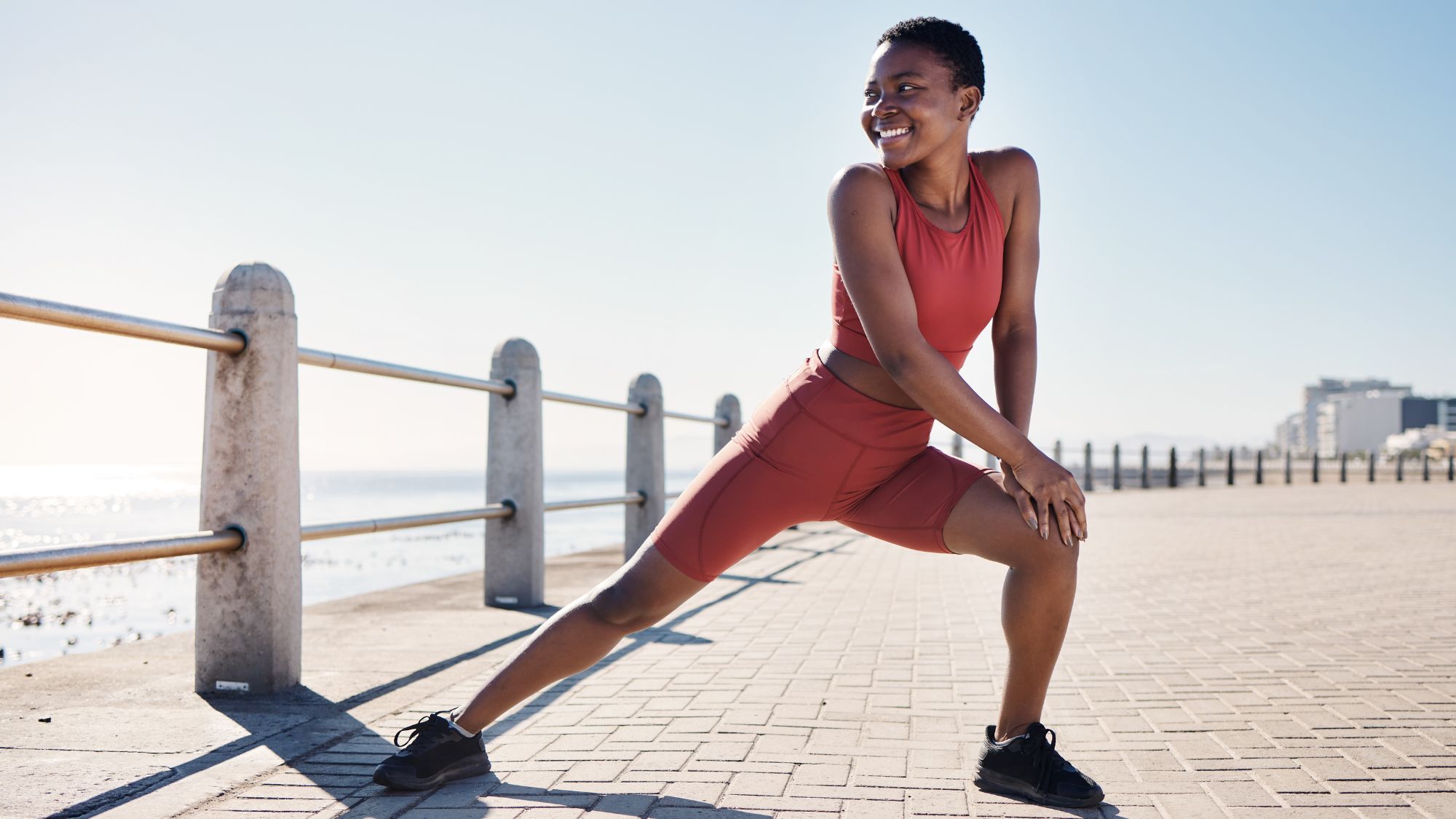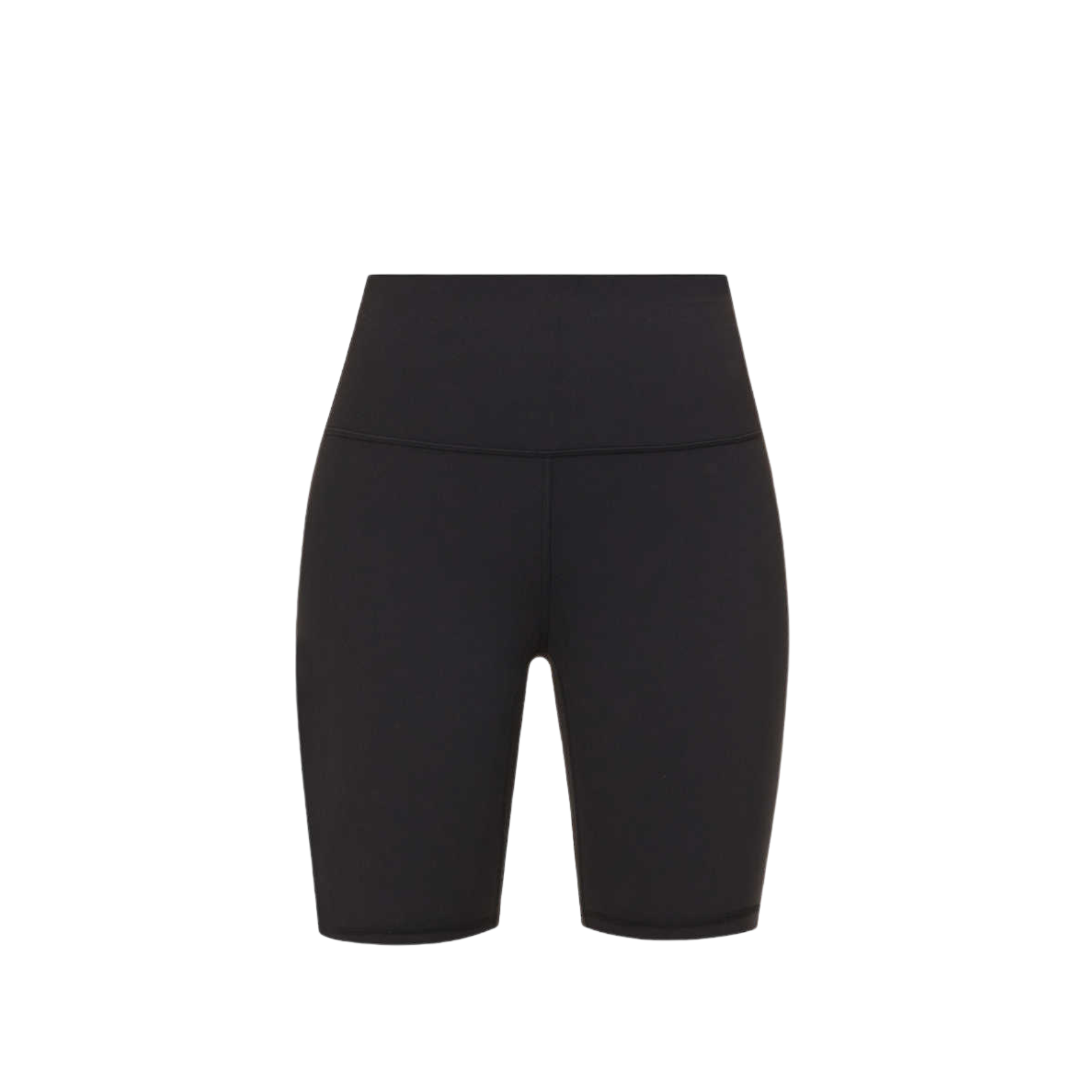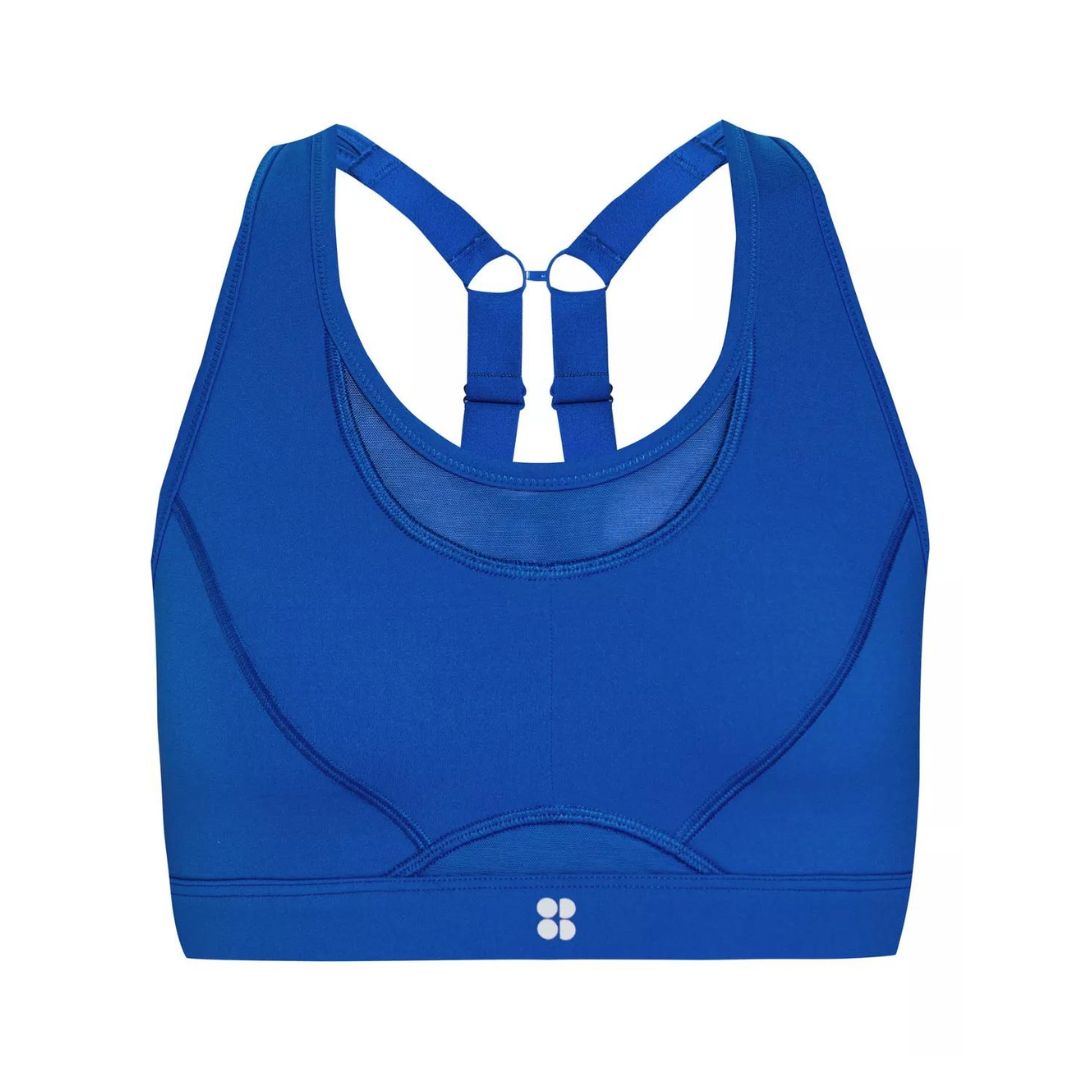Squats and lunges are the most popular strength training moves - so, of the two, which is most effective?
You'll never want to skip leg day again.


If you’ve ever set foot in a strength class or gym, it’s a dead cert you’ll have done some lunges and squats. Each a foundational lower body move, they’re a staple in any strength routine – and for good reason. Strong legs are essential not just in sports (think running, swimming, and cycling) but also in everyday life, too.
There’s even evidence that strong legs are directly linked to healthy ageing, with research (such as this observational study, published in the Journal of Gerontology) showing that leg power can predict cognitive ageing and global brain structure.
Yep - the old adage to never skip a leg day might be based in fact. Either way, we know that both lunges and squats are a great way to build lower body strength. That said, are lunges or squats better? Which condition move is most effective? And which one's best suited to your and your current goals?
Below, we asked top coaches for their take. If leg day is right up your fitness alley, find out how one of our Health Writers got on when they took on a wall sit challenge, tried bodyweight lunges and goblet squats every day.
Are lunges or squats better? Your guide
What are compound movements?
As mentioned above, both squats and lunges are what’s known as compound exercises. These are the cornerstone of any strength training programme – but what exactly are they?
“A compound movement is when multiple joints and muscle groups work together, such as in a pull up or a squat,” explains osteopath and author of Stronger: How to build strength, David Vaux.
“They’re the opposite of isolation exercises - bicep curls or quad extension machine in the gym, for example - where we are isolating muscles to use on their own. Compound moves are far better for building functional strength since we rarely need to use a muscle in isolation in real life.”
Celebrity news, beauty, fashion advice, and fascinating features, delivered straight to your inbox!
What is a lunge?
Still none the wiser? First things first, let’s take a look at each of the moves in turn. If you’ve never performed a lunge,we've got you.
“A lunge is a strength training exercise that targets multiple muscle groups, primarily the quadriceps, hamstrings, glutes, calf muscles and core,” explains personal trainer Beth Davies. “It involves stepping forward or backward or laterally to the side, with one leg while keeping the other leg stationary.”
What is a squat?
"A squat is a multi-joint exercise which can be performed with or without weights,” says Davies. “Starting from a standing position, bend your knees and sit back as if you’re sitting down onto a chair to lower and then stand back up.”
One thing the moves have in common: they're both super simple to perform.
Why are lunges good for us?
As versatile as they are straightforward, bodyweight lunges are more challenging than you might expect – and despite being a predominantly lower body move, with good form you’ll feel them activating your core too (practically a full-body move, right?)
And they have so many other benefits - particularly for runners, since the movement replicates our running gait, where one leg is dominant. Studies like this one, published in the Journal of Strength & Conditioning Research - have even shown that lunges can enhance running performance and speed.
Other benefits of the humble lunge include:
1. Versatility
Mix up your lunges by adding resistance via weights or a resistance band, and vary the direction of movement by incorporating curtsey lunges, or a step.
“Modifying your lunges makes them super accessible,”agrees Davies. “You can vary them according to different fitness levels and goals, adding a different dimension to your training.”
2. Balance and stability
A properly executed lunge requires coordination and balance, helping to improve stability in the lower body, as well as enhancing posture.
"The lunge covers similar muscles groups to the squat - quads, hamstrings, glutes and calves - and is particularly good for us as it also forces us to use our balance and different movement patterns to the squat," says Vaux. "It’s great for foot stability and postural strength too, especially the walking lunge."
3. Functional movement
When we train using movements that mimic those we perform regularly IRL, we're building our functional fitness. While this might not be the sexiest reason to work out, trust us when we say that as we age, it'll fast become the most important.
"The lunge is a functional movement that mimics activities like walking and climbing stairs, making it beneficial for daily activities," says Davies. The easier those everyday activities are, the better we'll age. Lunges equal longevity, if you like.
What are the benefits of squats?
Underestimate the simple squat at your peril. "The squat works all lower limb muscles, primarily the muscles on the front of the thighs, the glutes and the rear of the thighs," says Vaux. "It’s great for protecting one of our most important movements - standing up. It’s also one of the primary human movements: a hip hinge movement."
As well as helping us to build stronger legs, core and lower back, other benefits of a squat include:
1. Reducing injury risk
Squats can help to improve knee and hip mobility, meaning our joints are more stable, and better able to withstand force. In turn, this means we're less likely to get injured, either in the gym or in our everyday lives - we're at less risk of falling, and if we do, our bodies will be able to cope better.
Even if only to help us avoid stumbling in heels, this has to be a major benefit, right?!
2. Improved mobility and ageing
Yet another old-lady benefit - squats (done properly) work our muscles through their full range of motion, making them more fluid and mobile. And mobility isn't just about range of motion - it's also about strength in specific ranges of motion - think being able to hold a wall sit in your 20s and squat over the loo in your 90s!
Indeed, some studies, such as this one, published in the Journal of Strength & Conditioning, claim the squat is one of the most primal and critical movements that will support lifelong physical activity - if you don't use it, you'll lose it. And trust us, we all want to be able to live independently for as long as we can, don't we?
3. Increased power
Now this one is sexy: squats make us more powerful. How? Well, strength equals power - and stronger legs are better able to propel us into forceful movements like jumping, sprinting and improving overall athletic performance, which can traslate into just being, well, better at stuff.
And, let's face it, feeling like we're good at things is a huge confidence booster - so essentially, squats are also great for our mental health. Win, win!
4. Versatility
Just like the lunge, a squat can be performed in many different ways, adding variety and challenge to your regime.
"There are so many different types of squat," says Davies. "Bodyweight, loaded, back squats, front squats, overhead squats, zercher squats, Bulgarian split squats - the list is endless."
Despite this, they're also a great entry-level move, requiring no equipment or specialist knowledge to get started.
So, which is better: squats or lunges?
This question divided opinion across our experts, with two votes for the squat and one for the lunge. However, the PTs all agreed that, in an ideal world, we'd all be regularly incorporating both moves into our strength repertoire.
As for which one is better, it all comes down to what you’re looking to achieve from your training. "We can all benefit from both single leg or uni-lateral movements (lunges) and two legged, bilateral, movements (squats)," says Davies. "It may be that squats are a better place to start for beginners and are easier to load than lunges, which require more balance, stability and coordination as a single leg movement. That said, lunges translate better into overall athleticism in activities like running, walking and sports. So your choice will depend on your experience of exercise and your fitness goals."
Looking to build muscle quickly? Trainer and founder of MADE Wellness, Penny Weston, reckons you can't go far wrong with a squat. "You will be able to cope with adding in heavier weights when squatting as both legs are being used," she explains. "So if your aim is to build muscle, opt for squats over lunges. Remember to master your form before you add any weight to the exercise, though."
Vaux, in contrast, favours the lunge. "My favourite of the two moves is the lunge," he tells Marie Claire UK. " It’s easier to learn and accessible to those of us with history of back pain or injury. It’s a great functional exercise that gets us stronger for life!"
So, there you have it: both excellent moves, and we'd all do well to incorporate them into our strength training. Excuse us while we go work out.
Shop MC UK's strength training essentials here

It's officially shorts season again, and when it comes to working out, you can't get more comfy than a pair of cycling-style shorts. These are designed for comfort and come in a great range of colourways - and did we mention they're tumble-dryable? For more of the best running shorts, head to our buying guide.

Designed for a soft, comfortable landing and higher jumping, these indoor training shoes from Asics are easily some of the best gym trainers you can buy to elevate your sessions. The technology behind them is super impressive, so if tech is your thing, you'll love these.

Anna Bartter is a freelance journalist who writes about health, fitness and women's lifestyle for publications including Stylist, Metro and Psychologies, among others.
She's always on a quest to find a variety of fun and functional workouts that give you the most bang for your workout buck and she's passionate about championing movement for everyone's mental and physical wellbeing.
